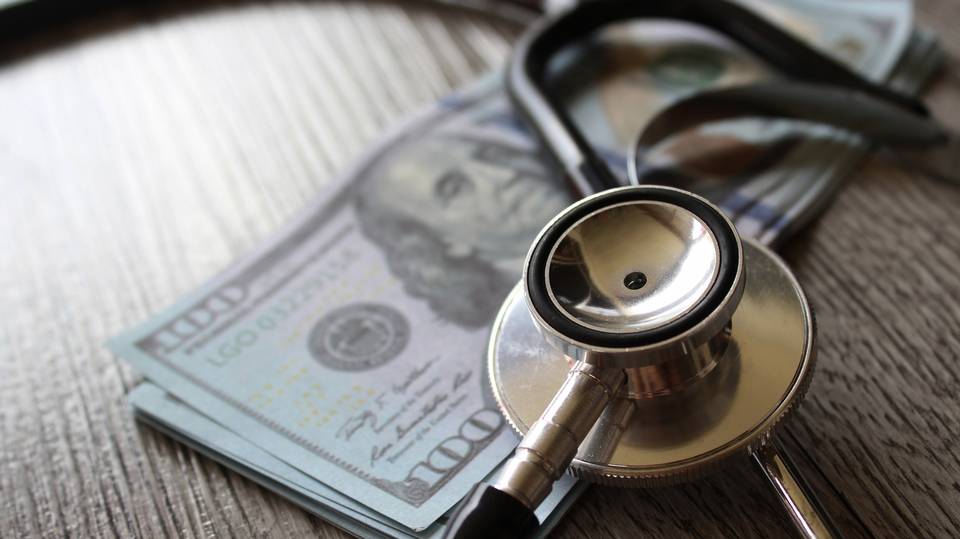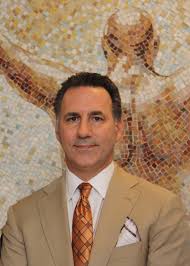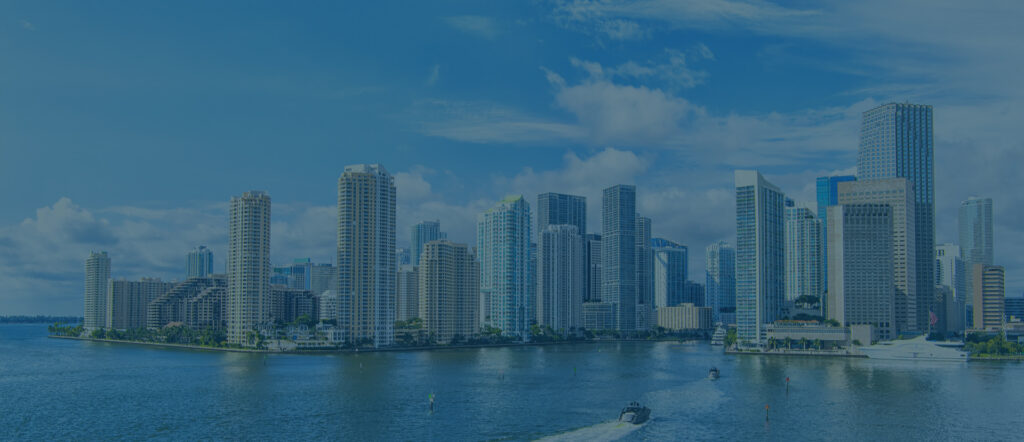
It’s not just insurance to blame for US healthcare woes. We have to look at ourselves

“We must rein in healthcare costs but it’s high time the public accepts some responsibility. Preventive measures start by avoiding certain destructive behaviors…”
The perception that our U.S. healthcare system is broken has become nearly fact among healthcare workers and the public alike. Many other countries are facing similar challenges, beyond the recent spotlight on our Canadian and British friends across the pond. The issue remains: Who are we to blame and more importantly, what can we do about it?
The angst is typically directed at insurance companies or government interference. Many still blame us “providers,” despite the continued downward spiral of reimbursements when adjusted for inflation, while others lay the fault on large healthcare systems, and now the intrusion of private equity and other for-profit financial entities.
However, an ignored sector is the public. Perhaps patients’ themselves should accept some blame for the increasing debacle that is our complex and expensive medical system.
Public fault is a multifactorial issue but ultimately comes down to priorities. The simple question can be: What importance do we place upon our healthcare system and are we, the public, willing to accept that better care comes at a price?
The naysayers will argue that American healthcare markers are actually well behind much of the industrialized world. That may be true but this is perhaps more of a societal issue than a reflection of actual healthcare system quality. Many of our chronic healthcare problems are largely self-imposed due to lifestyle choices such as poor diet, lack of exercise, smoking, alcohol and drugs.
Inefficiency and access remain challenges, but there is no denying that American medicine is at the pinnacle for innovation and scientific advances. Many of the detractors are well aware that people from all over the world flock to the U.S. when it comes to advanced cancer care, complex surgical interventions or gene therapy treatments. These all come at a price.
Do we as a society think it is worth it? It is a query that must be juxtaposed with our other societal priorities. There seems to be little outcry when certain professional athletes can command nearly $1 million per game in a uniquely American sport that is only contested 17 times a year. Our entertainers command huge sums of money. The new dawn of “influencers” creates multimillionaires for simply being seen… and “liked.”
This culture has catapulted certain branches of medicine, whether aesthetic plastic surgery or cosmetic dermatology, adding to the focus on luxury goods, much like an expensive handbag by a must-have brand. At what point will the public decide that managing severe hypertension, childhood asthma or painful arthritis is worth a certain price?
Many, certainly not limited to the wealthy, are willing to drop thousands of dollars for botox treatment, vitamin infusions or anti-aging treatments. But many of the same will complain about a $100 copay to see their internist or pediatrician, or avoid going “out of network” to for a consultation that may set them back a whopping $500. Is it truly more important to look good than feel well or be at one’s healthiest?
U.S. healthcare has now reached 20% of our GDP — twice as expensive as the next countries on the list. However, this should be seen as a reflection on inefficiencies and the simple premise that much of the money is siphoned off to the healthcare megalopolis, not to the actual people providing care or expensive technologies.
We must rein in healthcare costs but it’s high time the public accepts some responsibility. Preventive measures start by avoiding certain destructive behaviors while investing in regular assessment by a primary care physician and early treatment by the appropriate specialist when necessary. Yes, it is worth the price of a football or concert ticket. Or that new Louis Vuitton bag.

Alejandro Badia, MD is an orthopedic hand and upper limb surgeon in Miami, author of Healthcare from the Trenches, and host of a biweekly podcast, Fixing Healthcare… from the Trenches. He is the founder of OrthoNOW, a network of orthopedic walk-in centers.







